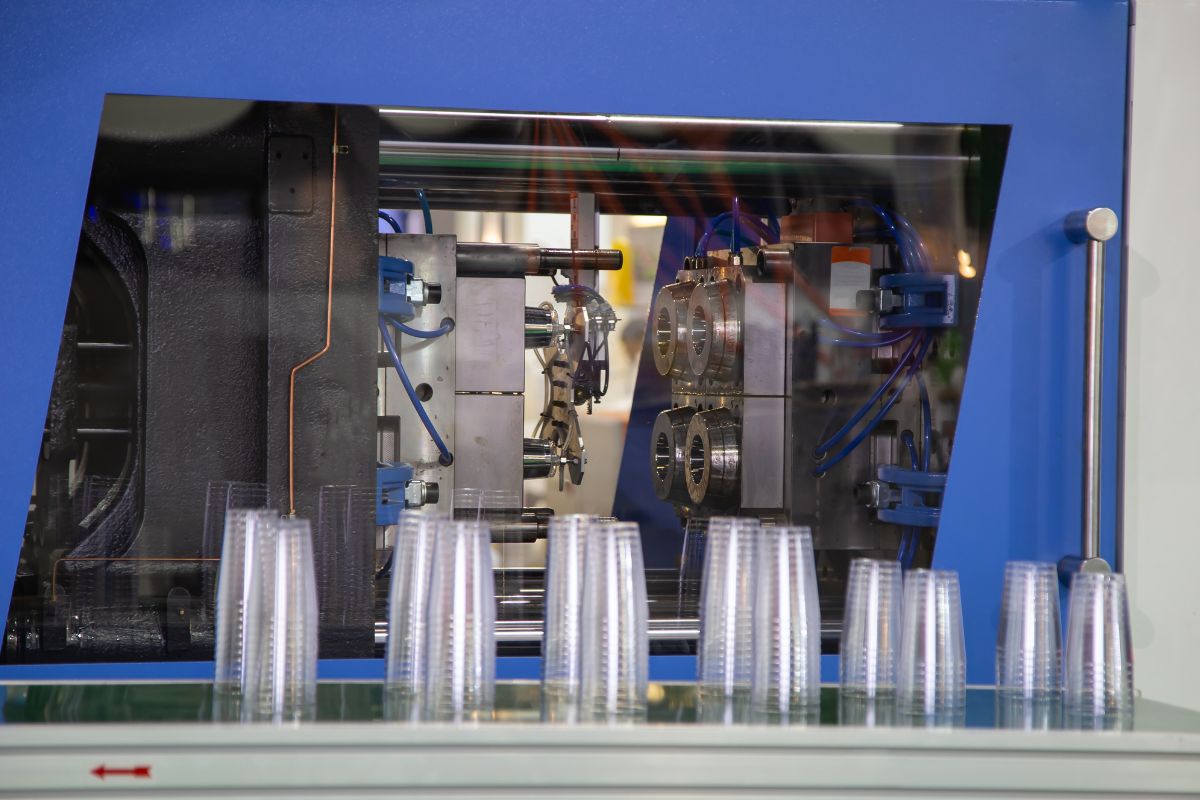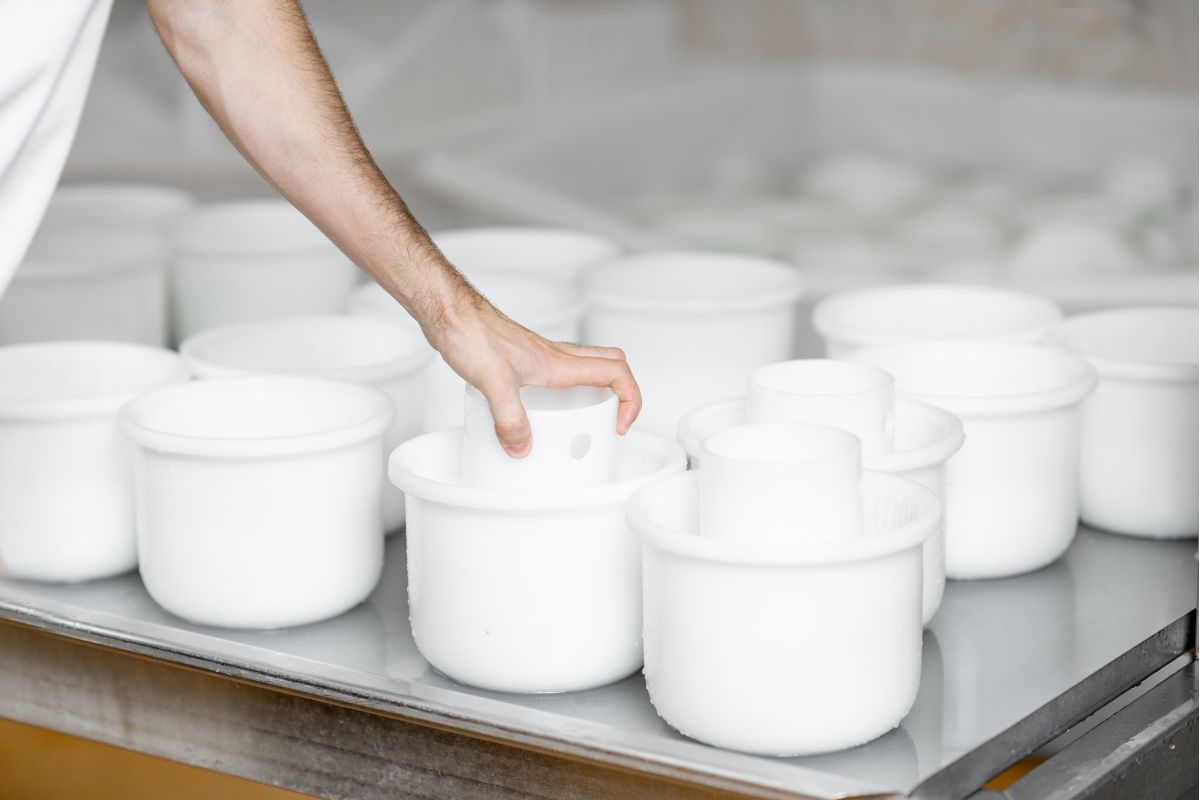What is plastic injection mold press
 Plastic injection mold press is simple called press. Plastic injection mold press holds the plastic mold in which the components are shaped. Mold press is rated by tonnage, which expresses the amount of clamping force that the machine can generate. This pressure keeps the mold closed during the injection process. Tonnage can vary from less than 5 tons and big than 5000 tons, with the higher figures used in comparatively few manufacturing operations.
Plastic injection mold press is simple called press. Plastic injection mold press holds the plastic mold in which the components are shaped. Mold press is rated by tonnage, which expresses the amount of clamping force that the machine can generate. This pressure keeps the mold closed during the injection process. Tonnage can vary from less than 5 tons and big than 5000 tons, with the higher figures used in comparatively few manufacturing operations.
Plastic injection mold press can fasten the plastic molds in either a horizontal or vertical position. The majority is horizontally oriented, but vertical machines are used in some niche applications such as insert molding ( click here to know more about insert molding) allowing the machine to take advantage of gravity.
Plastic injection mold press is used to create many things such as milk cartons, packaging, bottle caps, automotive dashboards, pocket combs, and most other plastic products available today. It is known that injection molding is the most common method of part manufacturing. It is ideal for producing high volumes of the same object. Go to injection molding page to know more about injection moulding.
Basic Components of a Plastic Injection Mold Press
The basic components of a Plastic Injection Mold Press are integral to its functionality, contributing to the precision and efficiency of the injection molding process. Sincere Tech China Mold Maker, a prominent player in the industry, understands the significance of each component in delivering top-notch manufacturing solutions. Let’s delve into the essential elements that constitute a Plastic Injection Mold Press:
1. Injection Unit:
- Hopper:
- The hopper serves as the reservoir for raw plastic material. Sincere Tech ensures that the hopper design facilitates efficient material loading and prevents contamination.
- Barrel:
- Within the barrel, the plastic material is subjected to controlled heating and pressurization. Sincere Tech’s barrels are designed for optimal heat transfer and durability, ensuring uniform melting of the plastic.
- Screw or Plunger:
- The screw or plunger is responsible for conveying the molten plastic material from the barrel to the mold. Sincere Tech’s precision-engineered screws and plungers ensure a consistent and reliable injection process.
2. Clamping Unit:
- Mold:
- The mold defines the shape and features of the final product. Sincere Tech specializes in custom mold designs, tailored to the specific requirements of clients across diverse industries.
- Clamping Mechanism:
- The clamping mechanism ensures that the mold remains securely closed during the injection process. Sincere Tech’s robust clamping systems guarantee stability and accuracy in the molding process.
- Cooling System:
- Efficient temperature control is critical for the solidification of the plastic within the mold. Sincere Tech integrates advanced cooling systems to maintain precise temperature levels, contributing to the overall quality of the molded products.
These components work seamlessly together during the injection molding process, reflecting Sincere Tech’s commitment to excellence in every facet of Plastic Injection Mold Press technology. Their attention to detail in the design and manufacturing of these components ensures that clients receive reliable and high-performance machinery for their production needs.
Advantages of Plastic Injection Mold Press
Sincere Tech China Mold Maker’s Plastic Injection Mold Press technology comes with a multitude of advantages, positioning it as a preferred choice for manufacturers seeking precision, efficiency, and versatility. Here are the key advantages associated with Plastic Injection Mold Press:
1. High Precision and Accuracy:
- Sincere Tech’s Plastic Injection Mold Press technology excels in producing intricate and complex designs with exceptional precision. The advanced control systems and precise engineering contribute to the consistent replication of detailed molds, meeting the strictest quality standards.
2. Efficient Production Rates:
- The efficiency of Sincere Tech’s Plastic Injection Mold Press technology translates into high production rates. Rapid injection cycles, coupled with reliable and durable components, ensure that manufacturers can meet demanding production schedules and reduce time-to-market for their products.
3. Versatility in Material Usage:
- Sincere Tech understands the importance of material flexibility in manufacturing. Their Plastic Injection Mold Press technology accommodates a wide range of materials, from traditional polymers to advanced engineering plastics. This versatility enables clients to choose the most suitable material for their specific application.
4. Reduced Material Waste:
- Precision control over the injection process minimizes material waste. Sincere Tech’s technology ensures that the right amount of material is injected into the mold, reducing excess and optimizing resource utilization. This commitment to sustainability aligns with global environmental goals.
5. Cost-Effectiveness:
- The efficiency and accuracy of Sincere Tech’s Plastic Injection Mold Press technology contribute to cost-effectiveness in manufacturing. Reduced waste, faster production cycles, and reliable operation result in overall cost savings for clients.
6. Scalability:
- Whether dealing with small-scale production or large-volume manufacturing, Sincere Tech’s Plastic Injection Mold Press technology is scalable to meet varying production needs. This scalability is crucial for adapting to market demands and business growth.
7. Consistent Quality Control:
- Sincere Tech places a strong emphasis on quality control throughout the manufacturing process. The precise control mechanisms in their Plastic Injection Mold Press technology ensure consistent product quality, minimizing defects and rejections.
8. Tailored Solutions for Diverse Industries:
- Sincere Tech’s expertise allows them to provide tailored solutions for diverse industries, including automotive, consumer goods, medical devices, and packaging. Their understanding of industry-specific requirements ensures that clients receive customized solutions that align with their unique needs.
In essence, Sincere Tech China Mold Maker’s Plastic Injection Mold Press technology offers a comprehensive package of advantages, making it a reliable and efficient choice for manufacturers seeking excellence in plastic injection molding processes.
Types of Plastic Injection Mold Press
Sincere Tech China Mold Maker offers a range of Plastic Injection Mold Press technologies, each catering to specific needs and preferences. Here are the primary types of Plastic Injection Mold Press provided by Sincere Tech:
1. Hydraulic Injection Mold Press:
- Description: Hydraulic injection mold presses utilize hydraulic systems to power the various components of the machine. These systems provide high force and are known for their robustness.
- Advantages:
- High clamping force suitable for large molds.
- Versatility in handling a variety of materials.
- Reliable and durable, with lower maintenance requirements.
2. Electric Injection Mold Press:
- Description: Electric injection mold presses rely on electric servo motors to drive the machine’s components. This type is appreciated for its precision, energy efficiency, and accuracy.
- Advantages:
- Higher energy efficiency and reduced operating costs.
- Enhanced precision and control over the injection process.
- Quieter operation compared to hydraulic counterparts.
3. Hybrid Injection Mold Press:
- Description: Hybrid injection mold presses combine hydraulic and electric systems to optimize performance. They often use electric motors for plasticizing and hydraulic systems for clamping.
- Advantages:
- Balances the energy efficiency of electric systems with the power of hydraulic systems.
- Provides flexibility in adapting to different production requirements.
- Offers improved precision in injection molding processes.
Sincere Tech China Mold Maker excels in delivering these types of Plastic Injection Mold Press machines, ensuring that clients have the flexibility to choose the technology that best suits their specific production needs. The company’s commitment to innovation and customization enables them to stay at the forefront of the industry, meeting the evolving demands of various manufacturing sectors.
If you are a plastic mold manufacturing company that produces anything from plastic molding toys to car parts and you are not using Plastic injection mold press to produce your parts, you will spend too much money. Indeed, using Plastic injection mold press provides additional savings to manufacturers because plastic is less expensive than metal and manufacturers pay for fewer parts. As a result, they are widely used because of the high quality of the end product.
One of Plastic injection mold press you can choose in the market is Plastic Injection Molder (YS-1180). This machine has moving platen featuring box type bridge structure and full-connected rear high-rigidity mold platen. Through finite element analysis, it can prevent deforming of mold platen, resist against fatigue, have high repetition accuracy, distribute mold closing force uniformly, greatly increase mold’s service life and reduce injection molding cost.
Another option of Plastic injection mold press is HDT-200 200ton plastic injection molder. This machine comes in two series; HDT series and HDF series. The HDT machines’ clamping force is from 80 tons to 2200 tons and the shot weight is from 80g to 2kg. These machines have strong locking force and a very good injection precise also a stable performance etc.
Meanwhile, the HDF machines are a type of high-speed Plastic injection mold press. The machine’s cycle time is very short (2.6 seconds-3.6 seconds) with a high injection pressure (to be possible to reach 240MPA) and a high-speed injection (to be possible to reach 600MM/S). This machine can be used to produce the thin-wall products, especially the thin-wall snack boxes and containers (with the wall thickness of 0.4mm).
Or you can choose another option among other Plastic injection mold press available in the market. Just choose the one based on your needs and budget, and you will surely find the one you are looking for.
Related Info to Plastic injection mold press
Plastic Injection Molding Machine
Plastic injection molding machine, also known as an injection press, is a machine for manufacturing plastic products by the injection molding process. Plastic injection molding … read more
Plastic Injection Molding Process
Plastic injection molding process requires the use of an injection molding machine, raw plastic material, and a plastic mold. In this process, the plastic is melted …read more
Blow Molding Machine
Blow molding machine is a machine used in blow forming jobs that become a multibillion-dollar business. It is a manufacturing process in which hollow … read more
Is your project ready for molding? Send us your requirement for quotation, we will send you the price in 24 hours, you will not lose anything but have our competitive price for reference.









